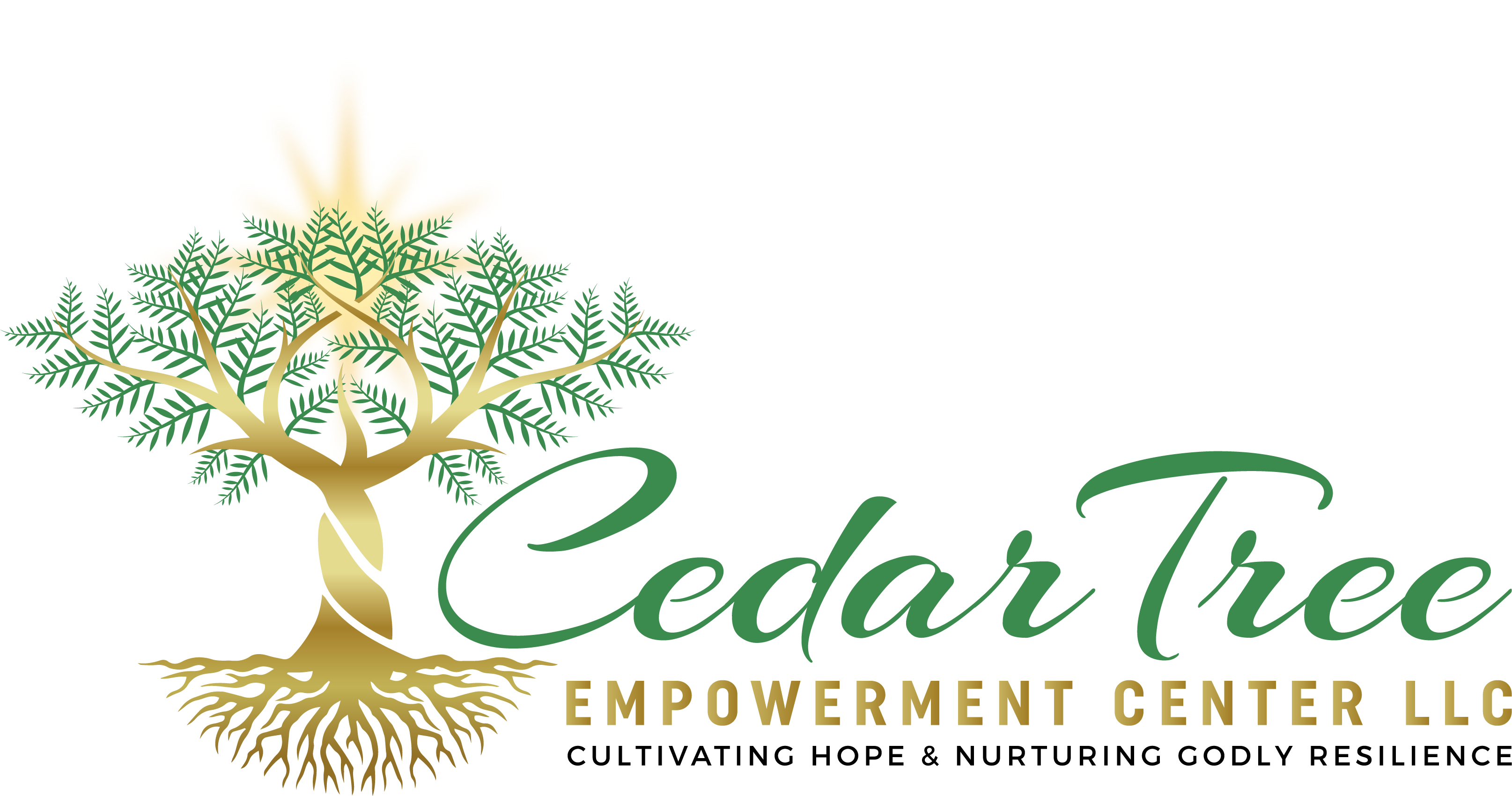The Trauma Resiliency Model (TRM) , developed and adapted by Elaine Miller-Karas, LCSW is considered my “Model of Hope”. TRM is a useful set of skills not only for clients, but also for those who help them. I use these skills daily! TRM teaches skills to help adults and children cope with traumatic stress reactions, and it can be used by anyone as part of a wellness practice.
The goals of TRM are:
- To deepen the “Resilient Zone” so one is better able to adapt to the stressors of life with flexibility and decreased traumatic stress reactions.
- To provide self-care.
- To help reset the nervous system.
- To reprocess traumatic memories. For both children and adults, traumatic and stressful experiences can produce a biological process of dysregulation that is self-perpetuating, even in the absence of ongoing external stressors or threats. Although insight about life experiences can be helpful, it doesn’t always bring the nervous system back into balance. Consequently, symptoms of nervous system dysregulation cannot be “talked away” but they can be “sensed away”. Learning to stabilize the nervous system by managing sensations is at the heart of the TRM model. Nine skills are taught within the model. The great thing is the skills can be used singularly or in conjunction with one another. As Miller-Karas says, this is a forgiving model. If one of the skills doesn’t work, try another!
The beauty of TRM is that no narrative is needed; the body holds the story that words may be unable to express. A new narrative can emerge by processing through sensations in the body.
It’s all about going with the nervous system and not against it, as well as working with emotions in a different way.
“We do not have to be trapped by the storms of our bodies.”
All quotes and material taken from Elaine Miller-Karas, LCSW and The Trauma Resource Institute’s Trauma Resiliency Model Level 1 Manual (TRI, Claremont, CA, 2012).

(704) 284-7330 | wholeness@cedartreeempowerment.com